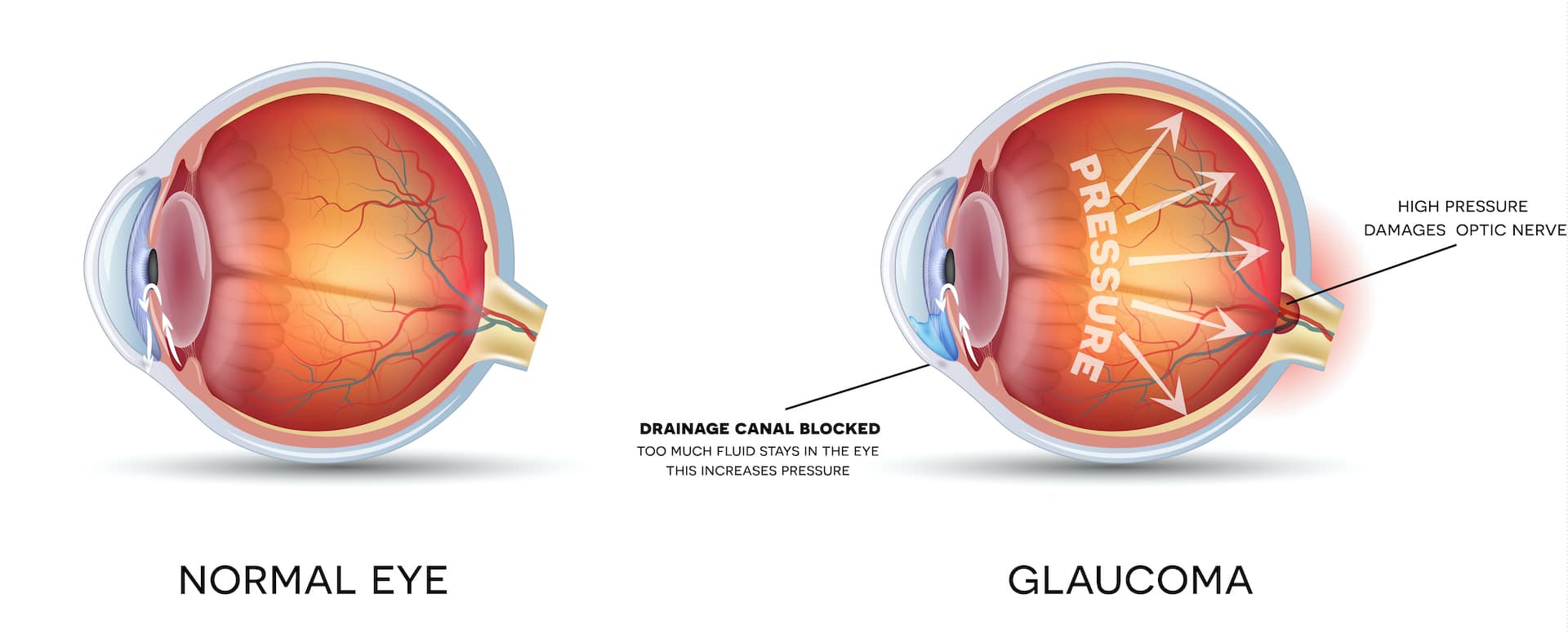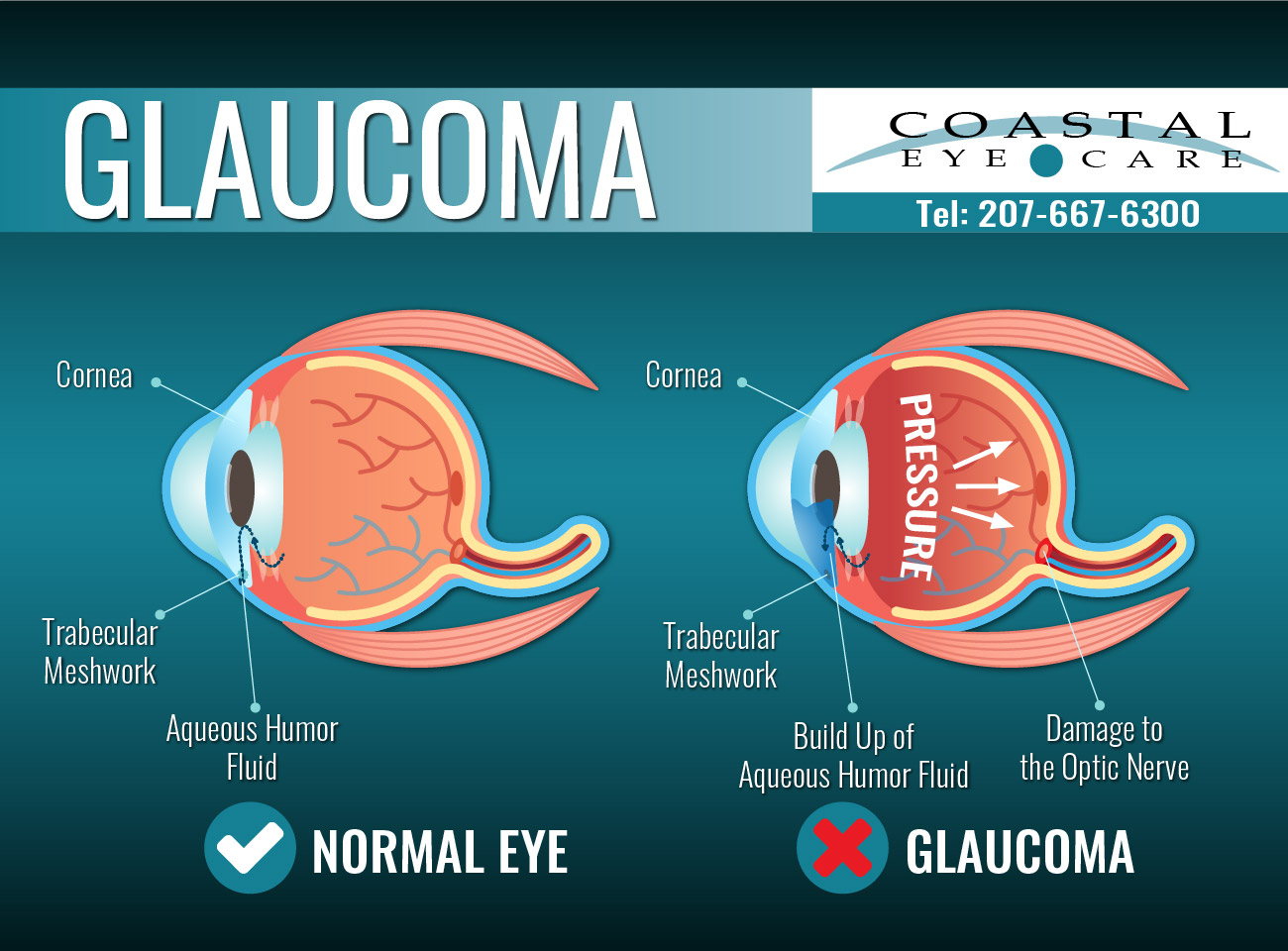Understanding the Various Vision Improvement Procedures Available for Clearer Sight
In the world of vision modification treatments, a wide range of alternatives exist to attend to refractive errors and provide people with clearer sight. From the extensively identified LASIK surgical treatment to much less intrusive procedures like PRK and implantable lenses, the field of ophthalmology provides a variety of techniques tailored to fit various demands and choices. Each treatment comes with its very own collection of factors to consider, benefits, and prospective threats. Comprehending the subtleties of these vision correction techniques is crucial for making notified decisions concerning one's visual health. Allow's check out the details of these treatments and clarified the path to attaining improved vision clearness.
LASIK Surgical Procedure
LASIK surgical treatment is an usual refractive procedure used to remedy vision problems such as farsightedness, astigmatism, and nearsightedness. This medical method, which stands for Laser-Assisted in Situ Keratomileusis, aims to improve the cornea to improve how light is focused on the retina, ultimately improving vision clearness.
One of the key benefits of LASIK surgery is the quick improvement in vision experienced by clients. Numerous individuals discover a considerable enhancement in their eyesight immediately after the treatment. Additionally, the majority of clients report minimal discomfort and pain during the surgery and recovery period. The recovery time for LASIK is relatively fast, with numerous individuals going back to their day-to-day tasks within a day or more post-operation. On the whole, LASIK surgical treatment is a popular option for people seeking a long-lasting service for their vision troubles.
PRK Treatment
While likewise a typical refractive procedure, the PRK (Photorefractive Keratectomy) technique differs from LASIK surgery in its approach to correcting vision issues. In PRK, rather of creating a flap on the cornea, the external layer of the cornea, called the epithelium, is entirely gotten rid of. This permits the laser to improve the cornea to fix refractive mistakes such as nearsightedness, farsightedness, and astigmatism straight externally.

In spite of the longer recovery time, PRK can generate outstanding outcomes in vision renovation, making it an important alternative for those that may not appropriate prospects for LASIK surgery.
Implantable Lenses
Unlike PRK where the cornea is reshaped directly, implantable lenses supply another method for remedying vision by putting synthetic lenses inside the eye. This treatment is specifically useful for people with high degrees of nearsightedness, farsightedness, or astigmatism that may not be ideal candidates for laser surgeries like LASIK or PRK.
Implantable lenses, also known as phakic intraocular lenses, work by supplementing the eye's all-natural lens with a man-made one. refractive surgeries in al. These lenses can be placed before the natural lens (anterior chamber) or behind the iris and in front of the natural lens (posterior chamber) By readjusting the power and positioning of these lenses, ophthalmologists can properly deal with refractive mistakes and boost visual acuity
One advantage of implantable lenses is that they are detachable and exchangeable, providing adaptability for future changes. However, as with any type of surgery, there are dangers involved, such as infection or cataract development. Individuals thinking about implantable lenses ought to talk to an eye care expert to establish one of the most appropriate alternative based on their specific requirements and eye health and wellness.
Corneal Rings
Corneal rings, additionally known as intracorneal ring sections, are tiny, transparent devices inserted into the cornea to deal with vision distortions such as keratoconus. Keratoconus is a problem where the cornea thins and protrudes outside, triggering vision to become altered. The insertion of corneal rings aids to squash the cornea, improving visual acuity and lowering the irregular astigmatism triggered by keratoconus.
The treatment for placing corneal rings is relatively quick and minimally intrusive, commonly carried browse around this web-site out as an outpatient procedure. During the surgical procedure, the eye doctor makes a small cut in the cornea and inserts the rings at a certain deepness. Once in place, the rings aid to reshape the cornea, providing a smoother surface for light to enter the eye, which can lead to more clear vision.
Corneal rings are thought about a relatively easy to fix procedure, as they can be gotten rid of or replaced if required. retina service near me. While they might not entirely get rid of the need for glasses or call lenses, corneal rings can dramatically enhance vision high quality and overall visual comfort for individuals with keratoconus or other corneal abnormalities
Refractive Lens Exchange
Adhering to the modification of corneal irregularities with procedures like corneal rings, an additional vision adjustment strategy that can resolve refractive mistakes is Refractive Lens Exchange (RLE) RLE is a surgical treatment that involves changing the eye's natural lens with a man-made intraocular lens (IOL) to fix refractive mistakes such as farsightedness, presbyopia, and nearsightedness. This treatment is specifically helpful for people who may not be appropriate prospects for procedures like LASIK or PRK as a result of variables such as thin corneas or high refractive errors.

Final Thought
In conclusion, there are numerous vision adjustment treatments available to assist individuals attain more clear view. LASIK surgery, PRK treatment, implantable lenses, corneal rings, and refractive lens exchange are all options that can deal with various vision issues.
In the realm of vision correction treatments, a wide variety of alternatives exist to resolve refractive mistakes and offer people with clearer view.LASIK surgical treatment is an usual refractive treatment made you can look here use of to correct vision problems such as nearsightedness, farsightedness, and astigmatism.While additionally a typical refractive procedure, the PRK (Photorefractive Keratectomy) method differs from LASIK surgery in its strategy to fixing vision problems.Complying with the modification of corneal irregularities with treatments like corneal rings, another vision modification method that can resolve refractive mistakes is Refractive Lens Exchange (RLE) LASIK surgical treatment, PRK treatment, implantable lenses, corneal rings, and refractive lens exchange are all options important site that can address various vision problems.